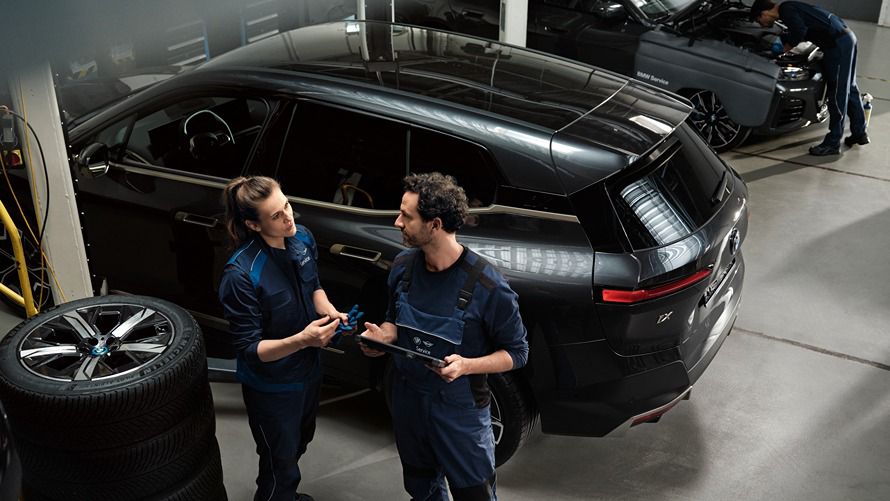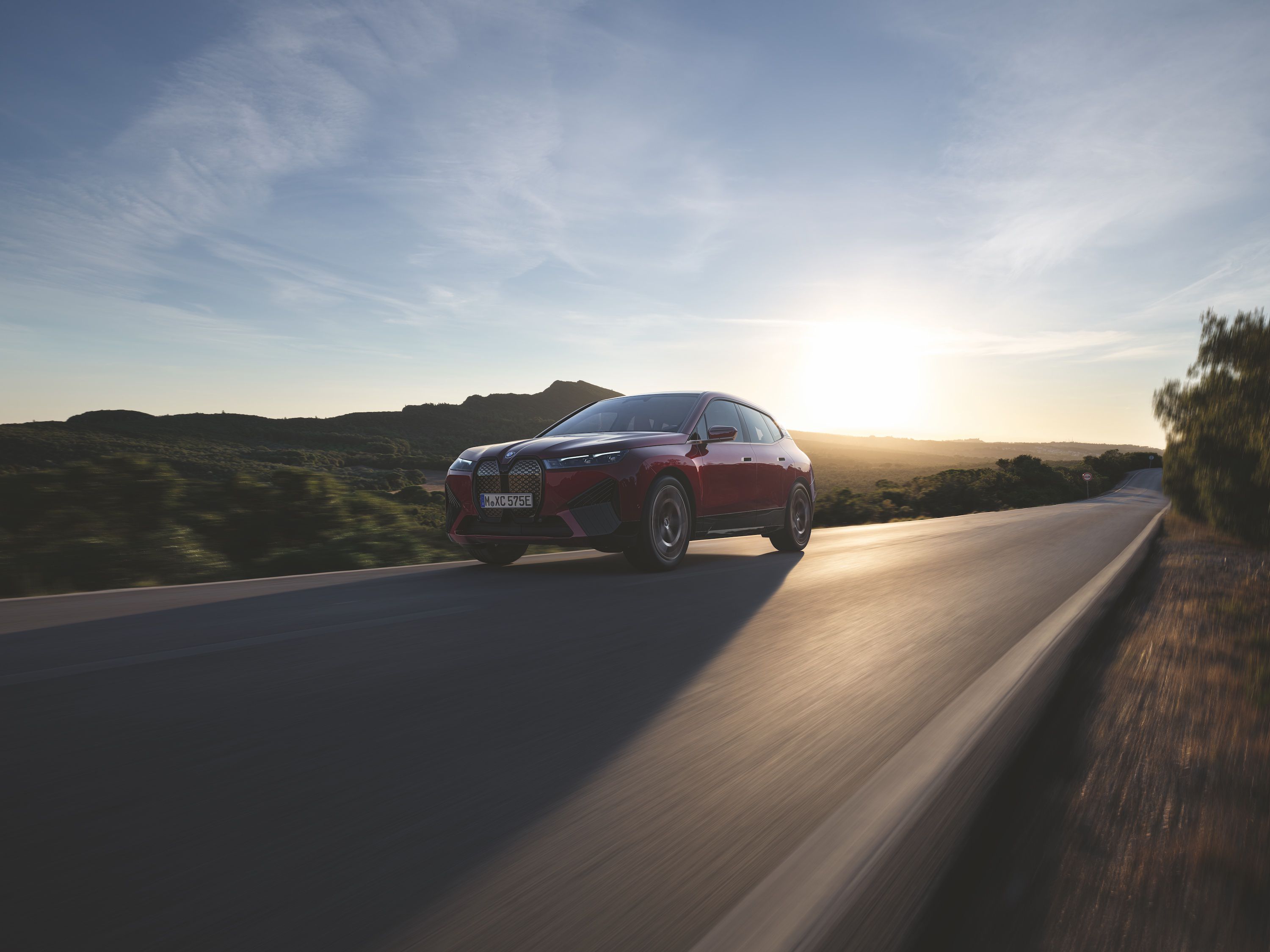Find your BMW.
New Car Locator.
Request a Test Drive.
Build Your Own.

Safety Recalls.
BMW New Zealand takes all safety recalls very seriously. Our customer’s safety in our products continues to be of paramount importance and it remains our objective to have all vehicles subject to any recall rectified as soon as possible.



